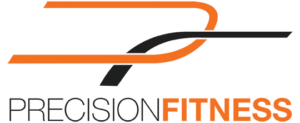All you need to know to start your fitness adventure.
Knowing the difference between training styles helps to ensure how your training aligns with your overall training goals.
And there’s no better place to consider this than at the start of your training adventure.
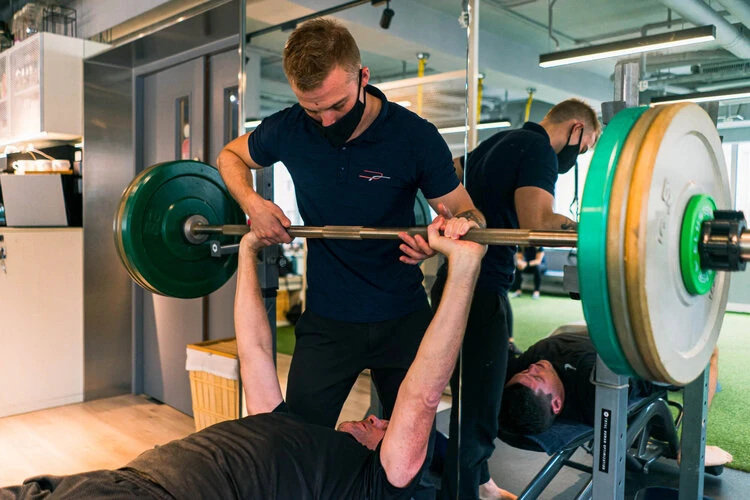
Common names:
Functional Strength, Real-World Strength, Hardcore Strength, Powerlifting (a bit of a misnomer)
WHAT IS STRENGTH TRAINING? Strength training increases your ability to generate greater force and thus move heavier weights.
BENEFITS: Strength training can help to maximise power output while replacing fat with lean muscle mass. Benefits extend to greater balance and co-ordination, better posture and stronger bone density (thus a reduced likelihood of developing chronic conditions such as lower back pain, osteoporosis, arthritis and heart disease).
FOCUS: Strength workouts can incorporate the full body, but typically you’ll see them referring to specific exercises or being body part specific.
INVOLVES: Strength training exercises are pretty varied, but typically you’ll be seeing a lot of barbell work in the program.
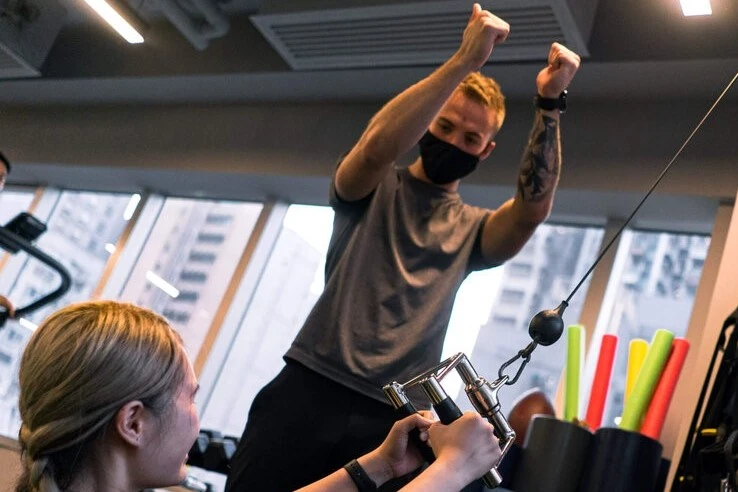
Common names:
Power Workout, Power Training, Raw Power
WHAT IS POWER TRAINING? Training for power increases your ability to create large force at high speeds.
BENEFITS: Power training involves a lot of fast movements, which helps to bring about benefits to reaction times, balance and co-ordination and your ability to run faster and jump higher. This in turn can promote stronger cardiovascular endurance, movement efficiency and the ability to avoid injury from knocks and falls.
FOCUS: Power workouts will typically focus on one movement or one area of the body or one particular movement. They’ll keep bursts short and sharp for minimal reps.
INVOLVES: Good power programs involve jumps, throws, barbell work done for speed, swings and can even use machines done for short bursts of high intensity. Anything that takes you past 20 seconds of work is probably not a power workout.
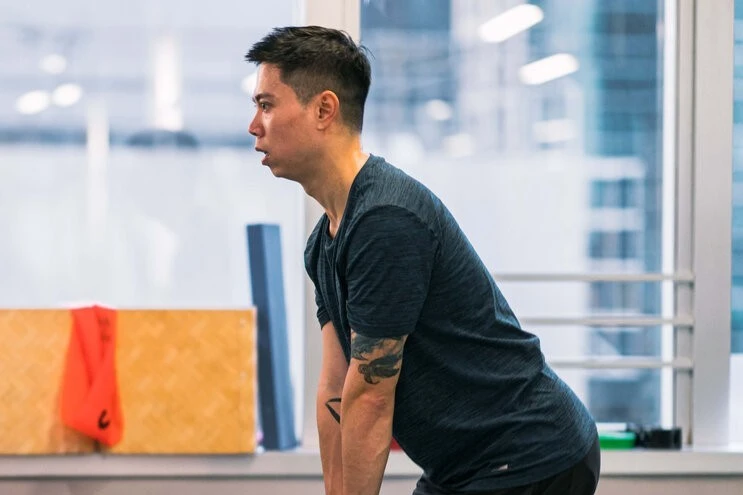
Common names:
Hypertrophy Training, Gainz Program, Muscle Madness, Size and Strength, Bigger and Badder
WHAT IS MUSCLE BUILDING: Muscle building revolves around promoting growth of muscle cells around the body, leading to measurable increases in size.
BENEFITS: Muscle building improves both strength and power, while also burning calories (which can lead to weight loss). It can also be used to develop better muscular symmetry and avoid imbalance. Aesthetically, muscle building helps create a bulkier definition for those aiming for that look.
FOCUS: Full body. A good program should be focused on the full body. You want to be avoiding anything that enhances specifically one muscle group or area (this comes later in your training and even then only for a select few, think bodybuilders or elite athletes)
INVOLVES: In muscle building programs you’ll see anything from bodyweight, to barbell to dumbbells, kettlebells and even machines. Any exercises or piece of equipment can be useful in these programs.
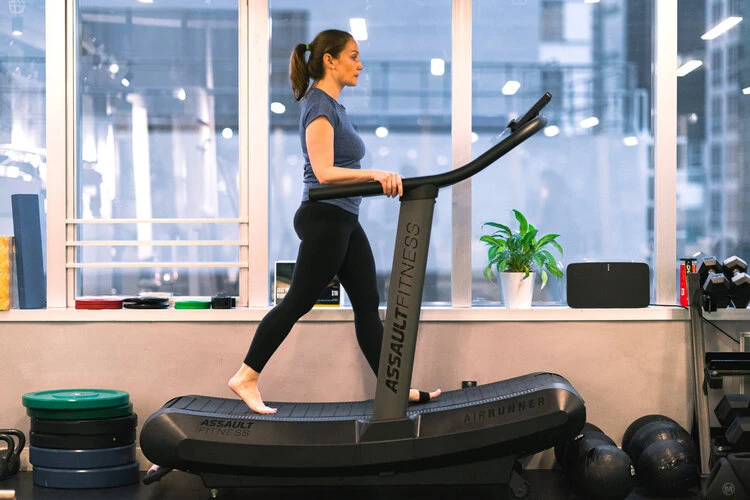
Common names:
Aerobic Training, Endurance Training, Fat Burner, Fat Shedder, Fat Loss, Fat Shredder, EMOM (Every Minute On the Minute)
WHAT IS CARDIO TRAINING? Cardiovascular exercise focuses on getting the heart pumping, increasing respiration and blood flow, leading to positive gains throughout the body.
BENEFITS: Cardio activity can help improve function of the heart, lungs and blood flow, as well as positively influencing many other factors including sleep, mood and mental health. In particular, cardio training helps shed fat and reduce body weight, which can lead to reductions in heart burn, knee pain and risk of blood pressure and diabetes, alongside improvements in sleep, sexual function, energy and confidence. [1]
FOCUS: A good program will have you working at different levels of intensity within a week or over time.
INVOLVES: Exercises can be pretty varied, but you’ll typically see use of machines like bikes or treadmills in a gym environment, while running and cycling predominate outside.
For newbies, the gym can often be a pretty intimidating place – snazzy clothing, grunts and squeals, and a whole range of strange devices.
In this section, we look at the bread-and-butter equipment that you’ll find at most gyms.
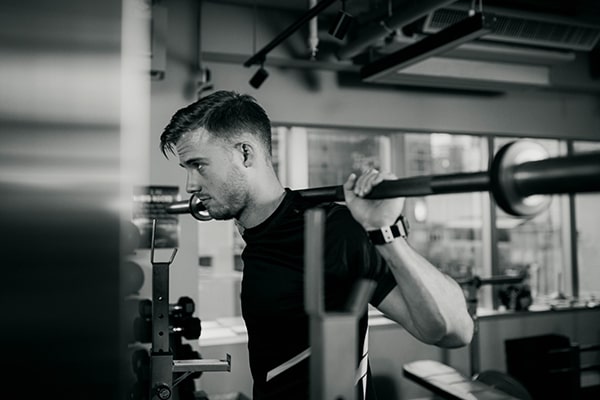
Training categories:
Strength training
Target muscles:
Biceps & Triceps, Calves, Chest, Glutes, Shoulders, Quads & Hamstrings
The barbell is a simple bar that allows weight plates to be placed at both ends. The barbell itself usually weighs 20kg, while the amount of weight you load on is variable.
In particular, the barbell has some key features:
it’s a flexible piece of kit that can be used to perform a range of two-handed exercises
you can train progressively by adding weight onto the bar slowly over time.
A word of caution:
While there are a whole host of exercises you could try out with the barbell, stick to exercises that you are technically proficient in.
The more weight you add, the more you’ll need to make sure you are doing exercises safely and with proper technique.
If you’re not sure, reach out to a professional – who can take you through what you need to know.
Typical exercises:
Back Squat
Bench press
Deadlift
Military press.
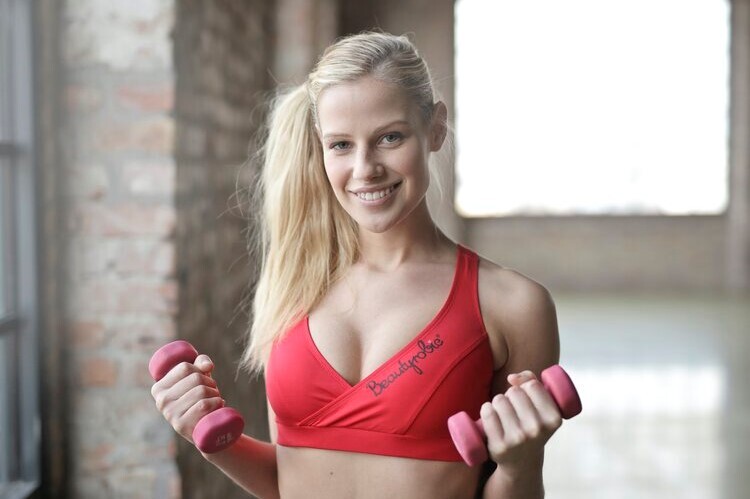
Training categories:
Strength training
Target muscles:
Biceps & Triceps, Chest, Upper Back, Glutes, Hamstrings, Shoulders, Quads
Dumbbells loosely resemble miniature barbells, but have some distinct features that make set them apart from their bigger brother. These features include:
dumbbells are typically safer for beginners
dumbbells can be used for a wide range of one-arm and two-arm exercises
as they aren’t connected, training with dumbbells inevitably works the stabilising muscles, which can help address muscular imbalances
dumbbells allow for deeper flex and extension than the barbell, which typically limits range of motion to 90 degrees
they allow for incremental weight changes, meaning you can progress or regress depending on your specific needs.
However, a word of caution:
The closer the dumbbells are to your body, the safer you are. If in doubt, bring them back close to your body.
Typical exercises:
Bench Press
Bicep Curl
Goblet Squat
Lunges
Romanian Deadlift
Shoulder Press
Split Squats
Tricep Extension.
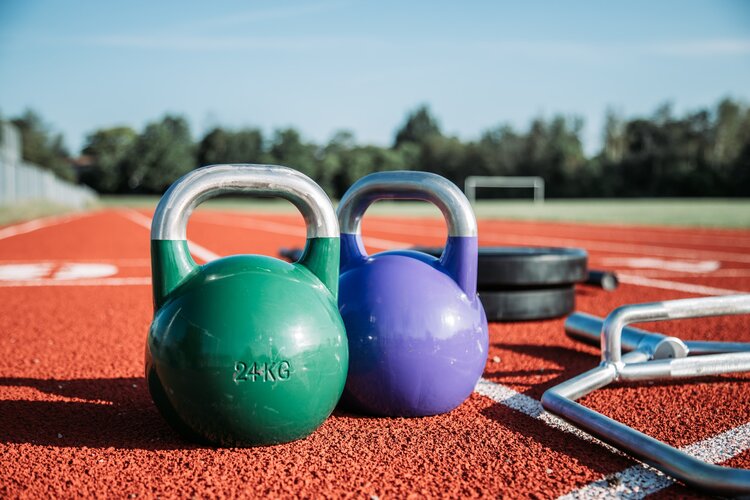
Training categories:
Cardio training, Strength training
Target muscles:
Let’s keep it simple. Everything.
Potentially the most versatile training tool out there, kettlebells can be used in such a wide variety of ways that it makes them a truly remarkable piece of kit – fantastic in strength training and cardio training alike.
Kettlebells offer some awesome features, including:
they can be used to hit almost every muscle in the body
they can be used for a wide range of one-arm and two-arm exercises
the versatility of the kettlebell opens up options for cardio-vascular fitness, with many exercises available that engage the respiratory process
the kettlebell’s centre of gravity lies outside the user’s grip, which helps replicate the forces you’ll face during typical sporting and daily activity – this, in turn, helps bridge the gap between gym training and real-life action
they allow for incremental weight changes, meaning you can progress or regress depending on your specific needs
they require minimal space – meaning you could even a pair for your home.
Surprisingly, not all gyms offer a decent series of kettlebells for members. And this could be one thing you look out for when choosing a gym.
In fact, we’re so invested in kettlebells here at Precision Fitness that have become the focal point of our training plans at our fitness studio in Hong Kong.
However, a word of caution:
kettlebells do take a little time to get used to and develop correct technique. You should make sure you invest time in practising and refining your movements in order to ensure you’re able to work out safely and get the desired results.
Typical exercises:
The bread-and-butter exercise of the kettlebell is the kettlebell swing. From here, you can perform pretty much any regular exercise that you can think of – with the added benefits that come from adding a kettlebell into the mix.
A few typical exercises include:
Cleans
Halos
Lunges
Shoulder Press
Snatches
Squats
Swings.
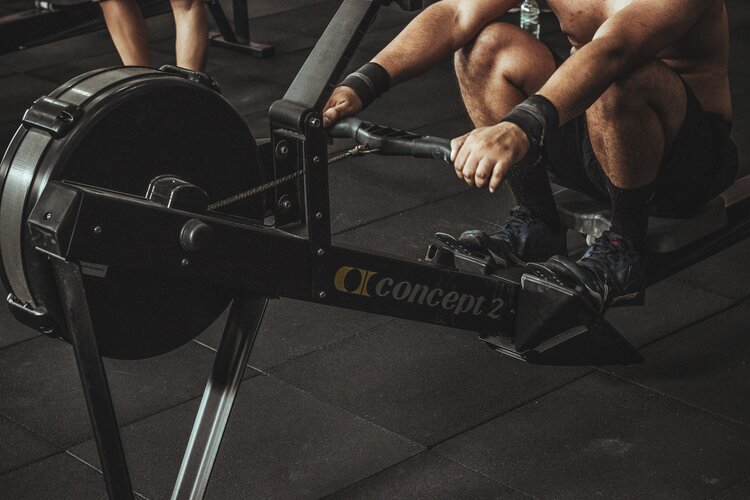
Training categories:
Cardio training
Target muscles:
Back, Biceps, Glutes, Hamstring, Quads.
Most box gyms are equipped with a range of machines that you can sit on, pop your earphones in, and go at it.
Perhaps top of the list is the rowing machine.
Typical exercises:
Most exercises start from ‘the catch’ position, where you hold the oar with your arms extended and knees bent, while putting your weight on the balls of your feet and engaging the core.
From here, you can perform a few typical variants:
Leg Isolations – Keeping your back and arms straight and bracing your core muscles throughout, extend backwards using only your legs.
Arm Isolations – Keeping your legs straight throughout, pull the oar until it touches your chest while allowing your elbows to bend outwards to the sides. Be sure to use the upper back, rather than your biceps or shoulder muscles.
The full row – Sit in the catch position, extend back with the lower body before using your upper back to pull the oar to your chest. Then release your arms first, before allowing your knees to bend and gliding back to the start position.
When choosing what to wear for your new gym routine, it can be easy to find yourself lost in mountains of celebrity-endorsement, brand association and marketing gimmicks.
Here’s what you need to know.
In general, any clothes that offer a good amount of flexibility for the activities you’re doing will probably suffice.
Note that if you’re squatting and lunging around the gym or going to hit the treadmill or bike, a big pair of baggy shorts may not be the best option. Go for something that offers good flexibility without being likely to trip you up or get in the way.
Let’s look at the two most common choices of fabric when it comes to sportswear:
If you’re about to engage in a hot and sweaty workout or you live somewhere with a humid climate, you may want to consider buying a t-shirt and shorts that are made from sweat-wicking fabric – that is, fabric that is designed to help deal with the copious amounts of sweat you’re expecting to produce.
Sweat-wicking fabric is typically made from high-tech polyester designed to absorb very little water while drawing moisture away from the body, through the fabric, and allowing for easy evaporation.
These days, most sports clothes shops offer sweat-wicking fabric and market them with terms such as ‘breathable’, ‘waterproof’ or ‘permeable’.
If you just don’t like the feel of polyester or you can’t find a cut that fits comfortably, then a plain old cotton t-shirt will do just fine.
Just be aware that cotton absorbs a lot more moisture than sweat-wicking fabric, so you may be more prone to sweat patches and feel clammy.
Training gloves offer hand protection and better grip than going bare.
The main reason for wearing them would be to prevent calluses on your hands and to help grip things when your hands get a little sweaty. However, if you don’t have a problem with calluses and you have a towel to wipe your hands down, then there’s nothing to worry about.
You can also find these relatively inexpensively these days at any decent sports store.
They are certainly not a prerequisite to training – whether you choose to wear them is entirely up to you.
An important, but often neglected, area of consideration for all levels of gym goers is what kind of training shoes we should wear when working out.
The answer depends heavily on what kind of training you are looking to do.
The ergonomics of training shoes allow for different kinds of movement: e.g. forwards, backwards, side to side, fast shifts in direction, long-distance repetitive motion, etc. Training shoe design also impacts areas like comfort and injury prevention, so it’s not something you should treat lightly.
You need to find the training shoe that is going to allow you to perform the actual movements you’re likely to do in the safest and most effective manner possible.
So let’s look at typical training styles and what shoes can fit them.
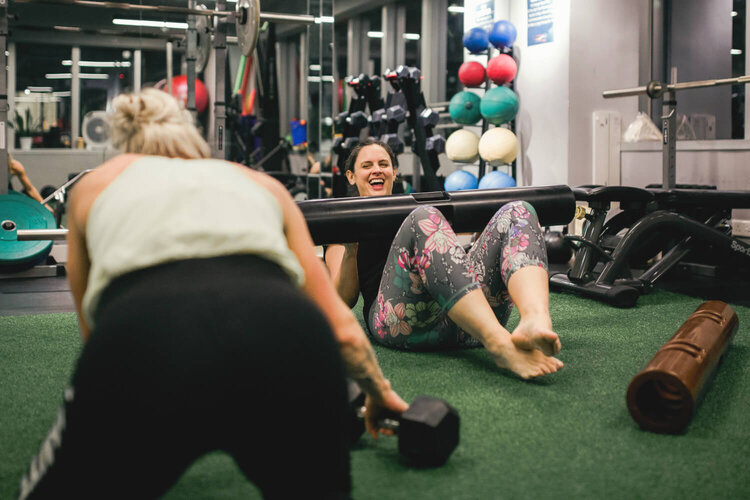
Obviously, you don’t need to wear anything on your feet for barefoot training! But, we’d like to cover a few aspects of this area as they may be relevant to you now or in the future.
Barefoot training isn’t new. However, it’s facing somewhat of a resurgence in recent times.
For some people barefoot training is fantastic. It can help with joint pain and allow a sense of freedom of movement, while may also promote strength building in the foot and balance awareness.
However, be aware that barefoot training isn’t for everyone and certainly isn’t suitable for every exercise. It will also take some time to allow your body to get used to it.
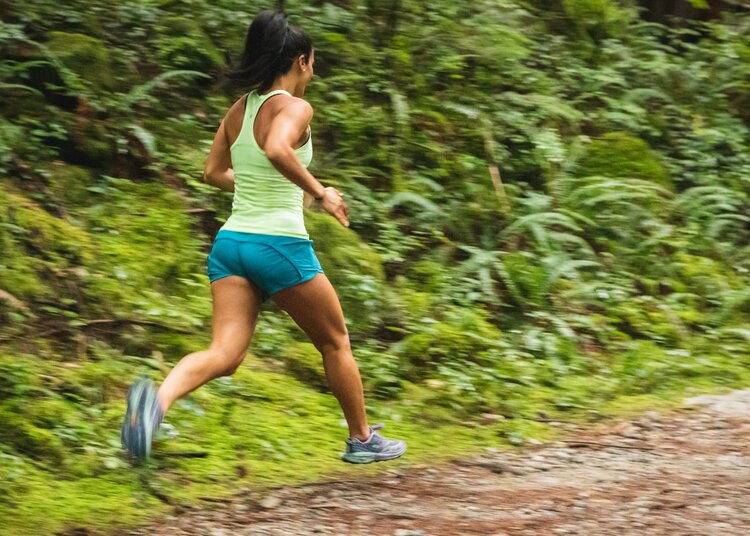
By cross-training, we’re referring to those who enjoy a range of training styles and work out relatively often. This might include things like sprints, stairs, weightlifting, agility work, trail walking, and any number of other activities.
If this sounds like you, then here’s a question for you:
which sports replicate the types of movements you typically do across your range of training?
Perhaps your answer includes sports like basketball, CrossFit, indoor football, tennis?
The good news is that many of these sports have specific areas of the shoe shop devoted to them.
Look for training shoes in the section of the sport that most resembles your range of training movements and choose a pair that’s comfortable for you.
The reason these trainers work is that they are built not only for forward and backward movements, but also for lateral movement and other actions, such as jumping. These shoes will give you the stability and flexibility required to perform a wide range of movements with comfort and safety.
On a personal note, we love the New Balance Minimus line, especially their ‘cross-train’ model. They are light and flexible enough to allow for agility and sprint work, while providing a solid platform for lifting.
But, of course, make your own choice based on what feels good, solid and comfortable to you.
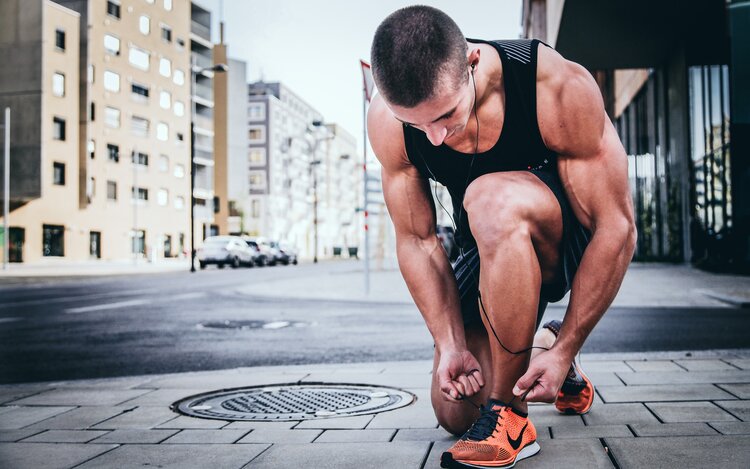
The obvious choice here is running shoes.
Running shoes are built for the repetitive forward and backward motion of regular running, while incorporating cushioning features that promote the concept of energy efficiency and ‘energy return’.
Plain and simple, head to the ‘running shoes’ section and pick our a pair of running shoes that you find most comfortable.
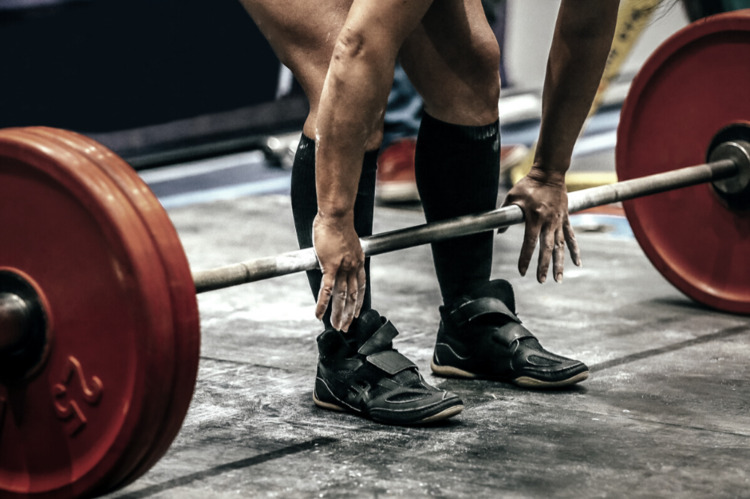
When engaging in bodybuilding or powerlifting, you’ll want a good stable platform.
Look for shoes that have a flat sole, where the heel and toes of the shoe are at about the same height. This will ensure that your heels are not raised when performing movements like squats and deadlifts.
Just make sure they are comfy and provide a good solid base.
